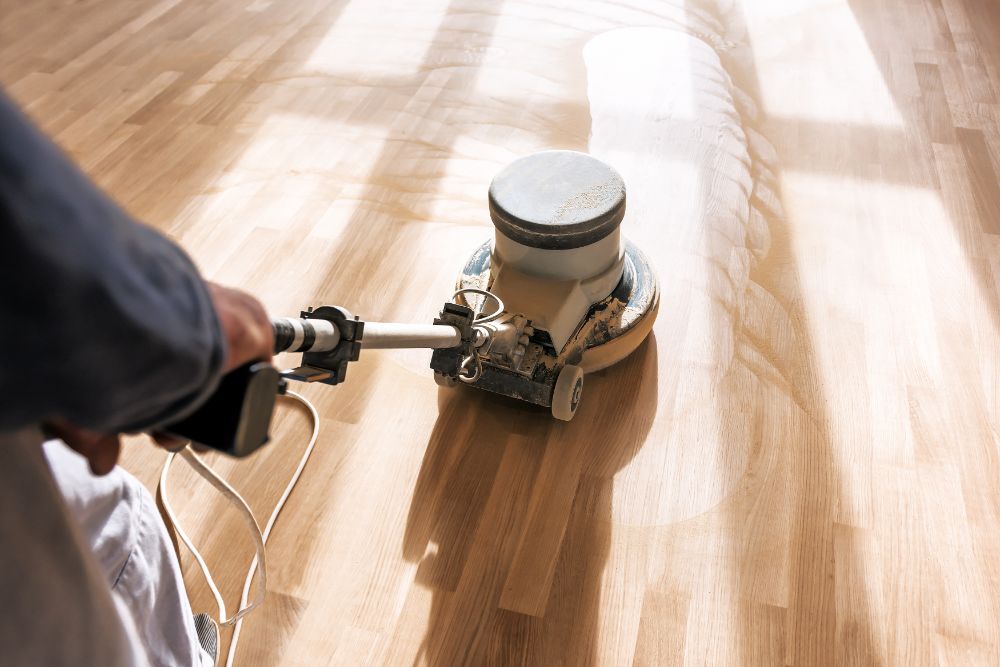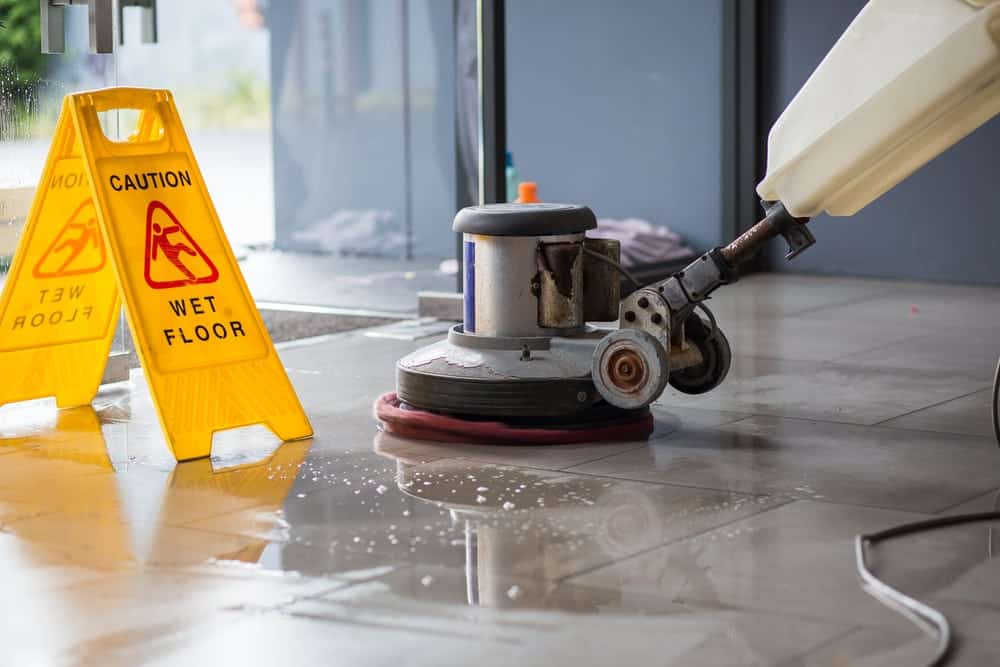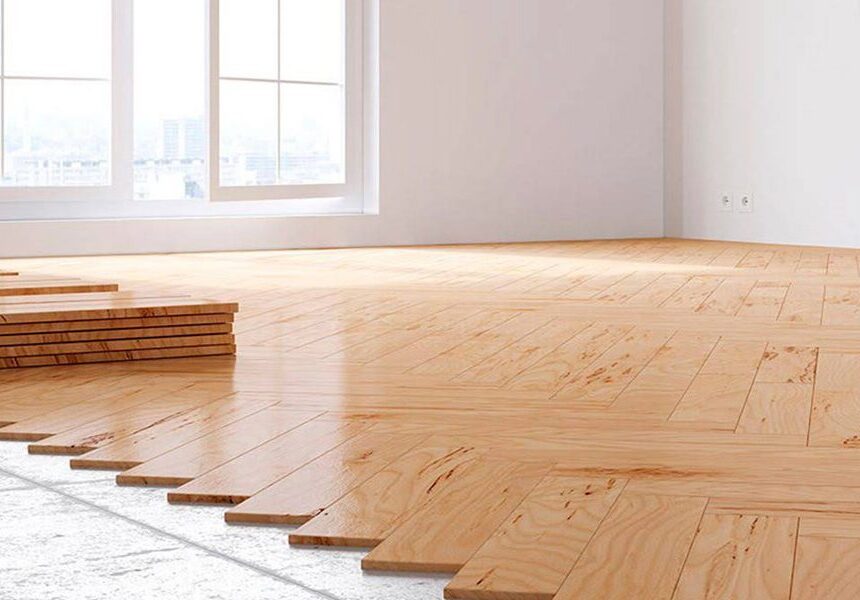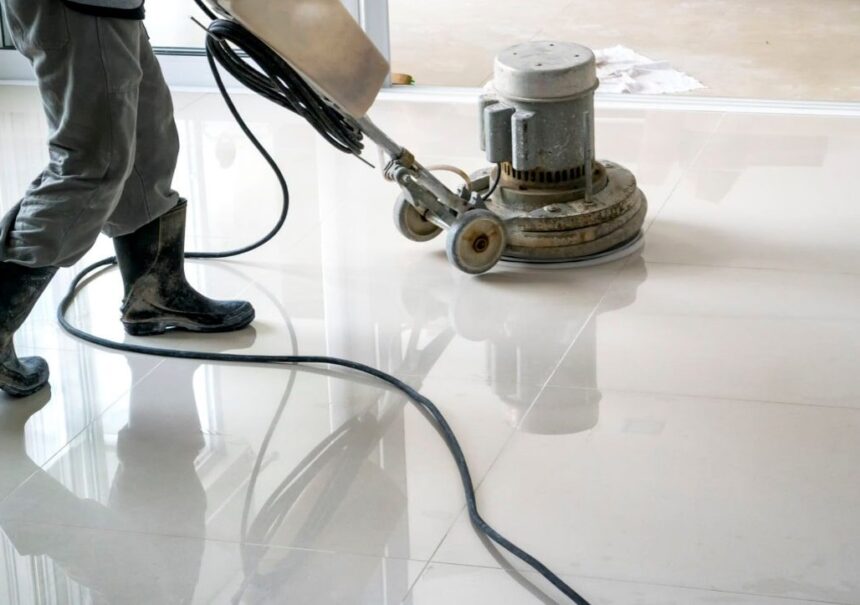Floor refinishing is a crucial aspect of maintaining the beauty and integrity of hardwood floors. Over time, wear and tear, foot traffic, and environmental factors can cause hardwood floors to lose their luster and become worn. Screening, also known as abrasion or buffing, is a process used to prepare hardwood floors for recoating or refinishing. In this blog, we’ll explore the necessity of screening and how it helps assess floor refinishing needs, including floor polishing and Floor Sanding Melbourne, to restore the beauty of hardwood floors.
Understanding Screening in Floor Refinishing
Screening involves the use of a rotary floor buffer and a fine abrasive screen to abrade the surface of hardwood floors. Unlike sanding, which removes a layer of wood from the surface, screening scuffs the existing finish to create a smooth, uniform surface for recoating or refinishing. Screening is typically performed as part of routine maintenance or as a preliminary step before applying a new coat of finish to hardwood floors.
Signs That Screening Is Necessary
Surface Wear and Tear: Over time, hardwood floors may develop scratches, scuffs, and signs of wear due to foot traffic, furniture movement, and other activities. Screening helps remove surface imperfections and smooth out the floor surface, preparing it for recoating or refinishing.
Loss of Sheen: Hardwood floors may lose their natural lustre and sheen over time due to exposure to sunlight, moisture, and household cleaners. Screening helps restore the shine and gloss of hardwood floors by removing dull or worn finish layers and exposing fresh wood beneath.

Minor Surface Damage: Minor surface damage, such as shallow scratches, watermarks, and stains, can be effectively addressed through screening. The abrasive screen used in screening removes surface imperfections and evens out the floor surface, creating a clean and uniform appearance.
Preparation for Recoating: If you’re planning to recoat or refinish your hardwood floors, screening is an essential preliminary step. It helps roughen the existing finish to create a better bond with the new coat of finish, ensuring long-lasting durability and protection for your hardwood floors.
Screening Process:
The screening process typically involves the following steps:
Preparation: Clear the room of furniture, rugs, and other obstacles to create a clear workspace. Thoroughly clean the floor surface to remove dust, dirt, and debris.
Screening: Attach a fine abrasive screen to a rotary floor buffer and set it to a low speed. Work in small sections, moving the buffer in a circular motion across the floor surface. Ensure even coverage and consistent pressure to achieve uniform results.
Vacuuming: After screening, vacuum or sweep the floor to remove dust and debris. Use a tack cloth or damp mop to clear any remaining particles and ensure a clean surface for recoating or refinishing.
Assessment: Inspect the floor surface for any remaining imperfections or areas that may require additional attention. Touch up any spots as needed to achieve a smooth and uniform appearance.
Benefits of Screening
Cost-Effective: Screening is a cost-effective alternative to complete sanding and refinishing, especially for floors with minor surface imperfections or wear.
Time-Saving: Screening requires less time and effort compared to sanding, making it a convenient option for routine maintenance or quick touch-ups.
Minimal Disruption: Screening produces less dust and mess compared to sanding, minimising disruption to your home or business during the refinishing process.
Enhanced Durability: By preparing the floor surface for recoating or refinishing, screening helps ensure that the new finish adheres properly and provides long-lasting protection against wear and tear.
Conclusion
In conclusion, screening is a necessary and valuable step in assessing floor refinishing needs for hardwood floors. Whether you’re addressing minor surface imperfections, restoring lost sheen, or preparing for recoating, screening helps rejuvenate hardwood floors and restore them to their former beauty. By understanding the necessity of screening and its benefits, you can effectively assess your floor refinishing needs and take proactive steps to maintain the beauty and integrity of your hardwood floors for years to come.




